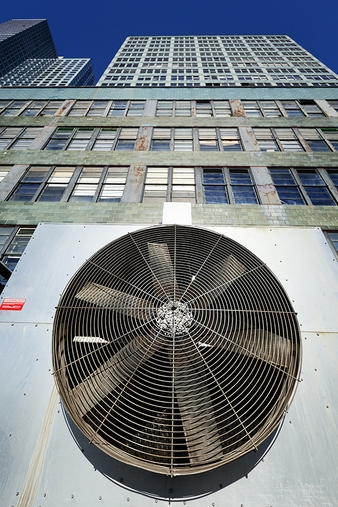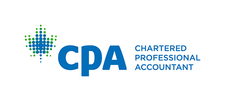TECHNOLOGY
A review of your HVAC system may show you how to improve your bottom line
by saving on the cost of energy.
Because lighting, heating and cooling represent 19%-25% of the cost of
operating a commercial business, control of energy costs is essential to
improving profit margins. A reduction of even 10% in these costs can
produce a significant improvement. But, because Canada is located in a part
of the world where temperatures can range from 40C below zero to 35C above,
it is inevitably expensive to keep internal temperatures at levels needed
to maintain comfortable working conditions through the changing seasons.
Heating and Air Conditioning
The best means of controlling the temperature in the working environment is
to install commercial programmable thermostats set to the workplace
schedule. Thermostats can maintain comfortable temperatures during working
hours, then be turned down or even off during nights, weekends, or
holidays, when the workplace is not being used. Managing temperatures in
this way can contribute significantly to the bottom line.
Smart thermostats have auto sensors that recognize when people enter or
leave the work area. Once everyone has left for the day, the system
automatically reverts to a lower setting to conserve energy; when the first
worker arrives in the morning, the system will start up and return to the
regular programmed schedule. When employees are absent for longer periods
such as holiday weekends, the automatic system can be shut off completely.
To prevent employees from tinkering with the temperature settings, smart
thermostats incorporate a security code that must be entered before the
temperature or other settings can be changed.
Most work locations have one central heating/cooling system that is fairly
easy to manage. If, however, your building(s) have different areas that
require self-contained heating/cooling systems, or if your business
operates at more than one location, wireless smart systems enable remote
control of individual thermostats through an app you can load onto your
computer or smart phone.
Some systems record the history of heating/cooling adjustments. This data
can be used to identify times and places of peak energy use, which, in
turn, may identify the need to upgrade windows, doors or insulation.
If you install a smart system, have an HVAC technician make sure the new
thermostats will communicate with the existing HVAC system.
Upgrade to multi-glazed windows with low-emissivity coatings.
Windows
Workplace windows should have at least two layers of glass with an inert
gas (e.g., argon) sandwiched between the layers. Normal double-glazed
windows have an R-value (i.e., the ability of material to resist the
transfer of heat) of 2.0; triple-glazed windows provide an R-value of 6.0.
These windows should have insulated edge spacers to reduce condensation,
insulated frames, and low emissivity coatings that reduce heat loss from
within and allow solar energy to enter. Multi-glazed windows not only
prevent heat from escaping, they also prevent the entry of unwanted heat
from the summer sun. Because of their thickness, multi-glazed windows
reduce the effect of road noise and are harder to break than single-pane
windows.
Maximize the return on your window investment by understanding the
benchmark ratings established by the Canadian Standards Association (CSA).
For instance, air tightness is measured from A1 to A3, water tightness
rated from B1-B7, and wind load resistance from C1 to C5. The higher the
number within each measurement category, the better the window.
Light-Blocking Curtains
To supplement new high-R and CSA-rated windows, you may be well advised to
invest in curtains and blinds especially if your building has extreme
window exposure to sun and cold winds. Curtains minimize the intrusion of
heat from the sun and take pressure off the cooling system. During cold
winter days, the curtains can be opened to allow the sun’s energy to
augment the heating system or closed to retain the heat on cloudy days.
Reduce Your Carbon Footprint
Controlling the heating and cooling of your premises with smart thermostats
and retrofitting of windows and window coverings are excellent ways of
reducing the high cost of energy use while reducing your carbon footprint.
Most provinces have programs that help small businesses conserve energy and
therefore reduce operating costs. Check with your provincial energy agency
to save energy through appliance and equipment upgrades, building
enhancements and by educating your employees about the need for proper
maintenance and more efficient use of existing equipment or lighting.
Contact Argento CPA today!
Source: BUSINESS MATTERS
Disclaimer: BUSINESS MATTERS deals with a number of complex issues in a concise manner; it is recommended that accounting, legal or other appropriate professional advice should be sought before acting upon any of the information contained therein.


